Ancient civilizations have shaped our world in countless ways, but many remain under the radar. This article explores some lesser-known ancient civilizations and their remarkable achievements. From early urban planners to advanced metallurgists, these societies laid the groundwork for many aspects of modern life. Let’s dive into the fascinating histories and innovations of these ancient cultures.
Nabta Playa Civilization

The Nabta Playa Civilization thrived around 6,000 to 3,000 BCE in what is now southern Egypt. This society is notable for its megalithic structures, which predate Stonehenge. These early inhabitants created one of the world’s oldest known astronomical alignments, using stone circles to track celestial events. Their knowledge of astronomy was surprisingly advanced for the time. Nabta Playa also developed sophisticated water management systems, crucial for survival in the arid region. They constructed wells and reservoirs, showcasing their engineering skills.
Cucuteni-Trypillia Culture

The Cucuteni-Trypillia Culture flourished from approximately 4800 to 3000 BCE in what is now Ukraine, Moldova, and Romania. They are known for their impressive settlements, some of which covered over 450 acres. These proto-cities featured complex layouts and multi-story buildings, indicating advanced urban planning. Their settlements are among the largest of their time. This culture also excelled in pottery, producing intricately decorated ceramics. Their pottery featured geometric patterns and was used in daily life and rituals. The Cucuteni-Trypillia people practiced early forms of agriculture, cultivating crops and domesticating animals.
Ainu People
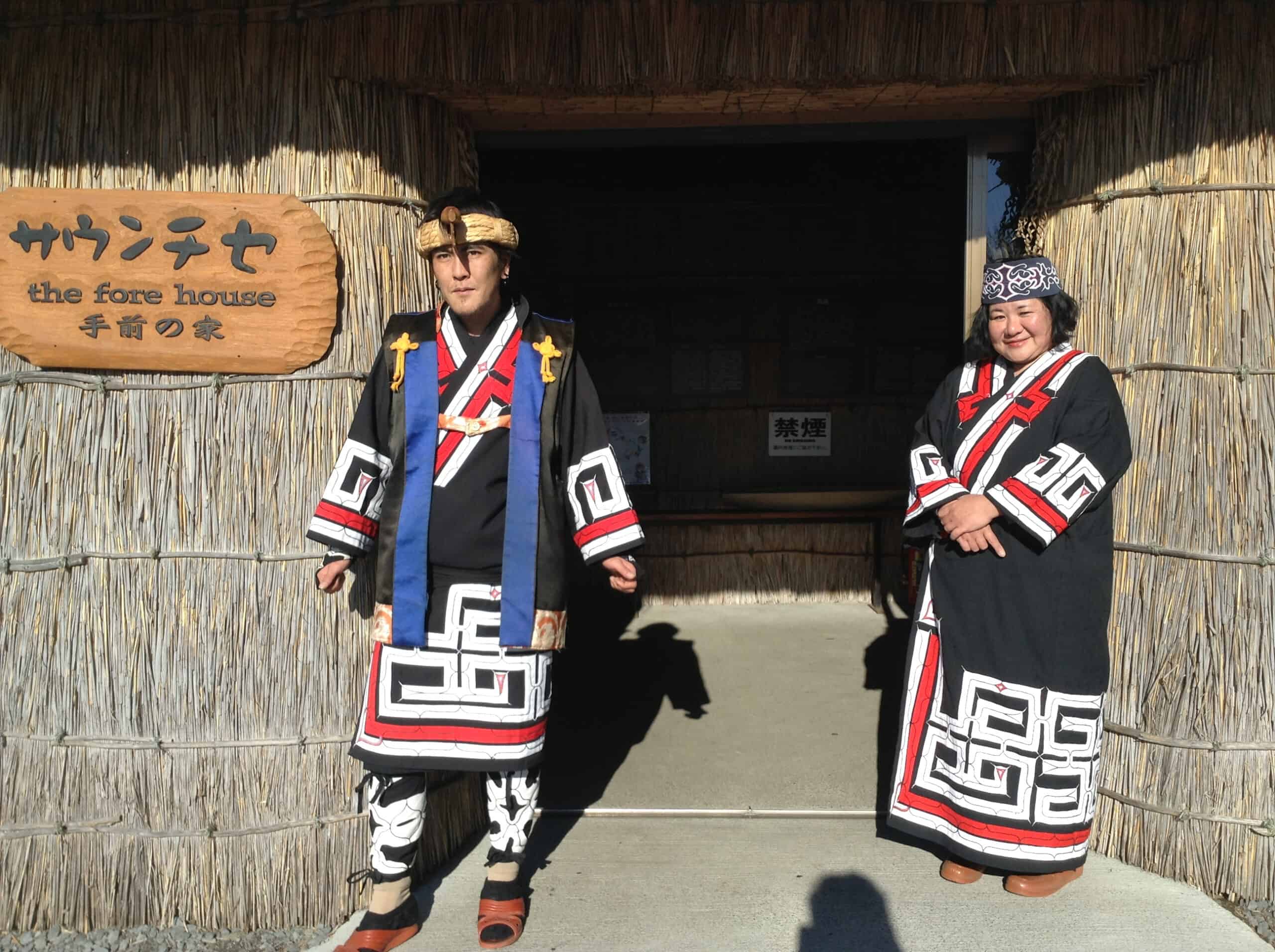
The Ainu People are indigenous to Japan and parts of Russia, with roots tracing back thousands of years. They have a distinct culture, separate from the majority Japanese population. The Ainu are known for their unique language, which is isolate and unrelated to any other language. They have rich traditions in oral storytelling and craftsmanship. The Ainu excelled in fishing, hunting, and gathering, using sophisticated tools and techniques. They are also renowned for their intricate textile weaving, particularly in creating robes known as “attus.” Their spiritual practices revolve around nature worship and animism, reflecting their deep connection to the environment.
Indus Valley Civilization
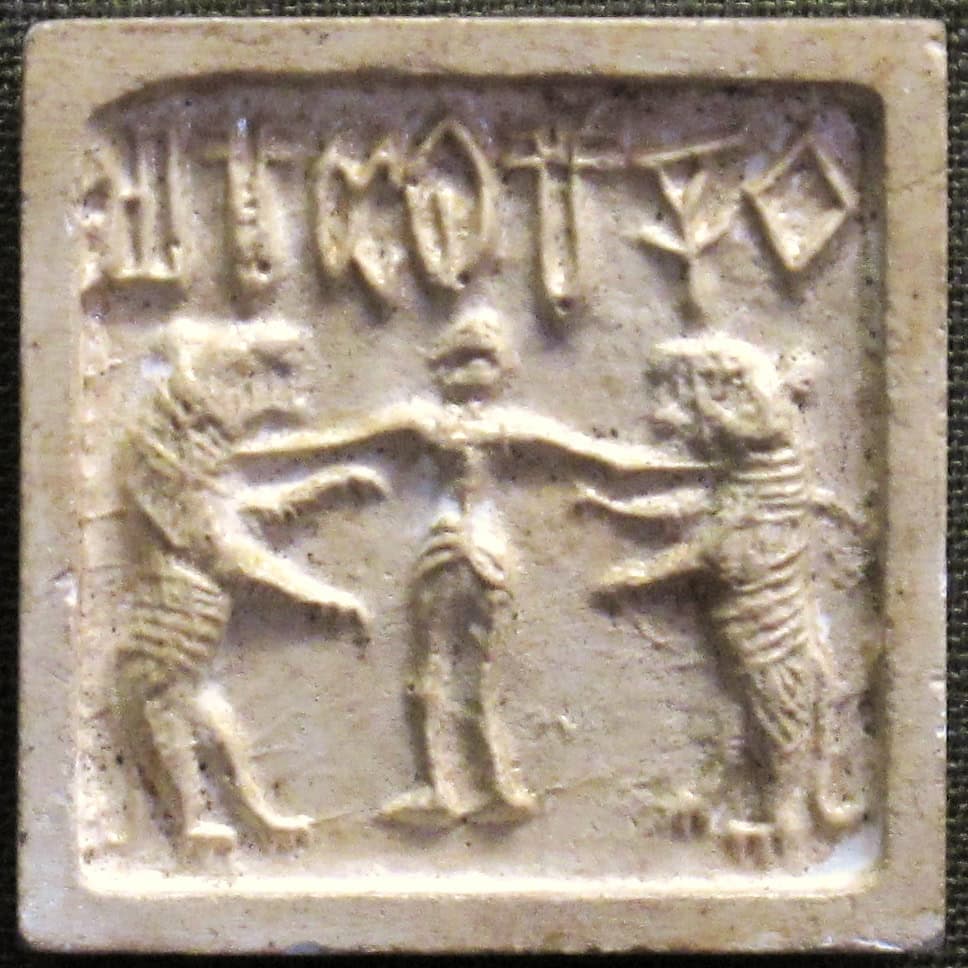
The Indus Valley Civilization existed from about 3300 to 1300 BCE in present-day Pakistan and northwest India. It is one of the world’s earliest urban cultures. They are famous for their advanced city planning, with well-organized streets and sophisticated drainage systems. Major cities like Harappa and Mohenjo-Daro exemplify their architectural prowess. The civilization also developed a writing system, which remains undeciphered to this day. They engaged in extensive trade with neighboring regions, facilitated by standardized weights and measures. The Indus Valley people excelled in crafts, producing high-quality pottery, jewelry, and tools.
Chavín Culture
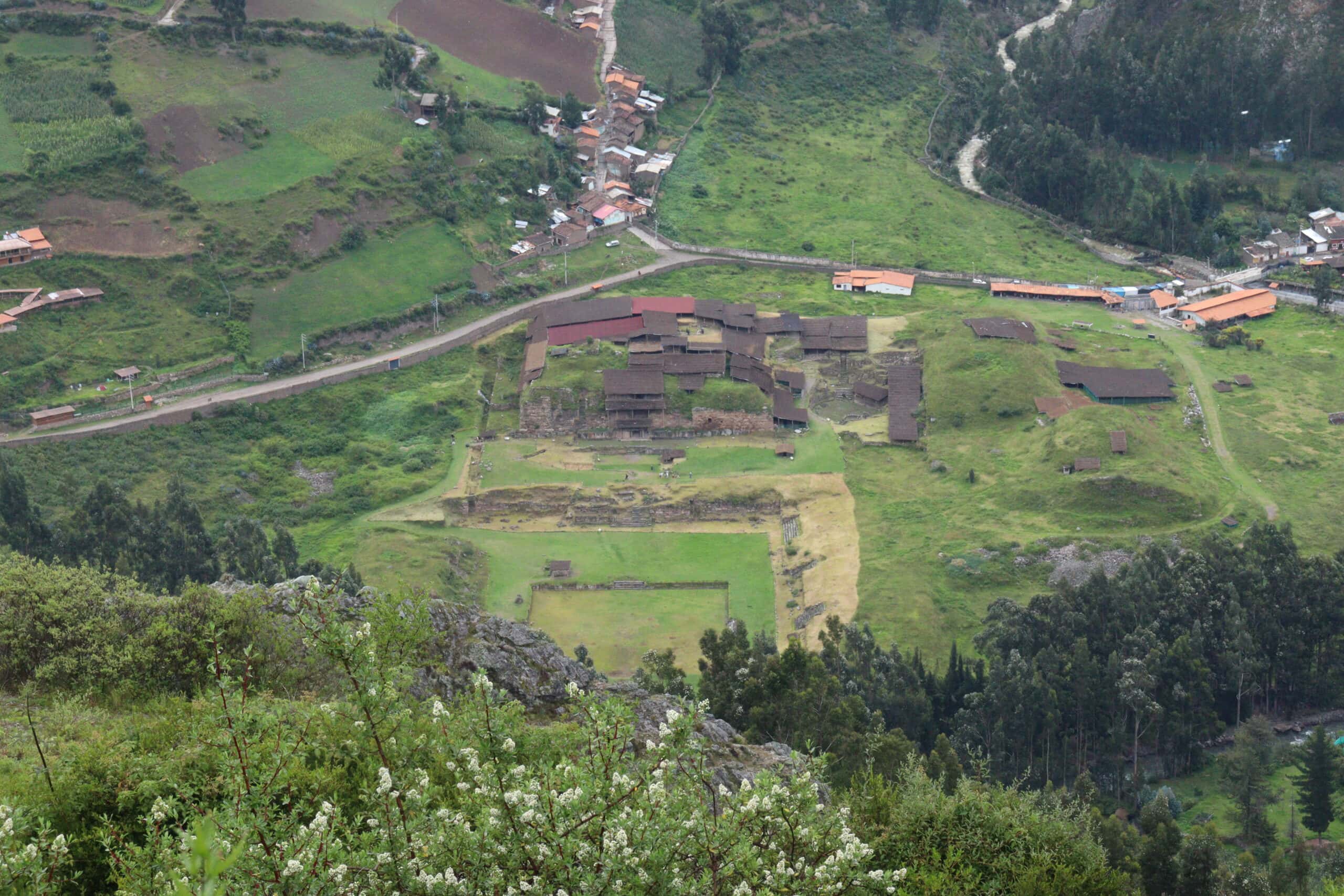
The Chavín Culture thrived in the Andean highlands of Peru from around 900 to 200 BCE. This civilization is known for its religious center at Chavín de Huantar, a complex of temples and plazas. They pioneered architectural techniques, including advanced stone masonry and drainage systems. The Chavín were among the first to create large-scale stone carvings in the Andes. This culture also made significant advances in metallurgy, producing intricate gold and silver objects. They developed a distinctive art style, characterized by elaborate stone carvings and ceramics depicting deities and mythical creatures.
Hittite Empire
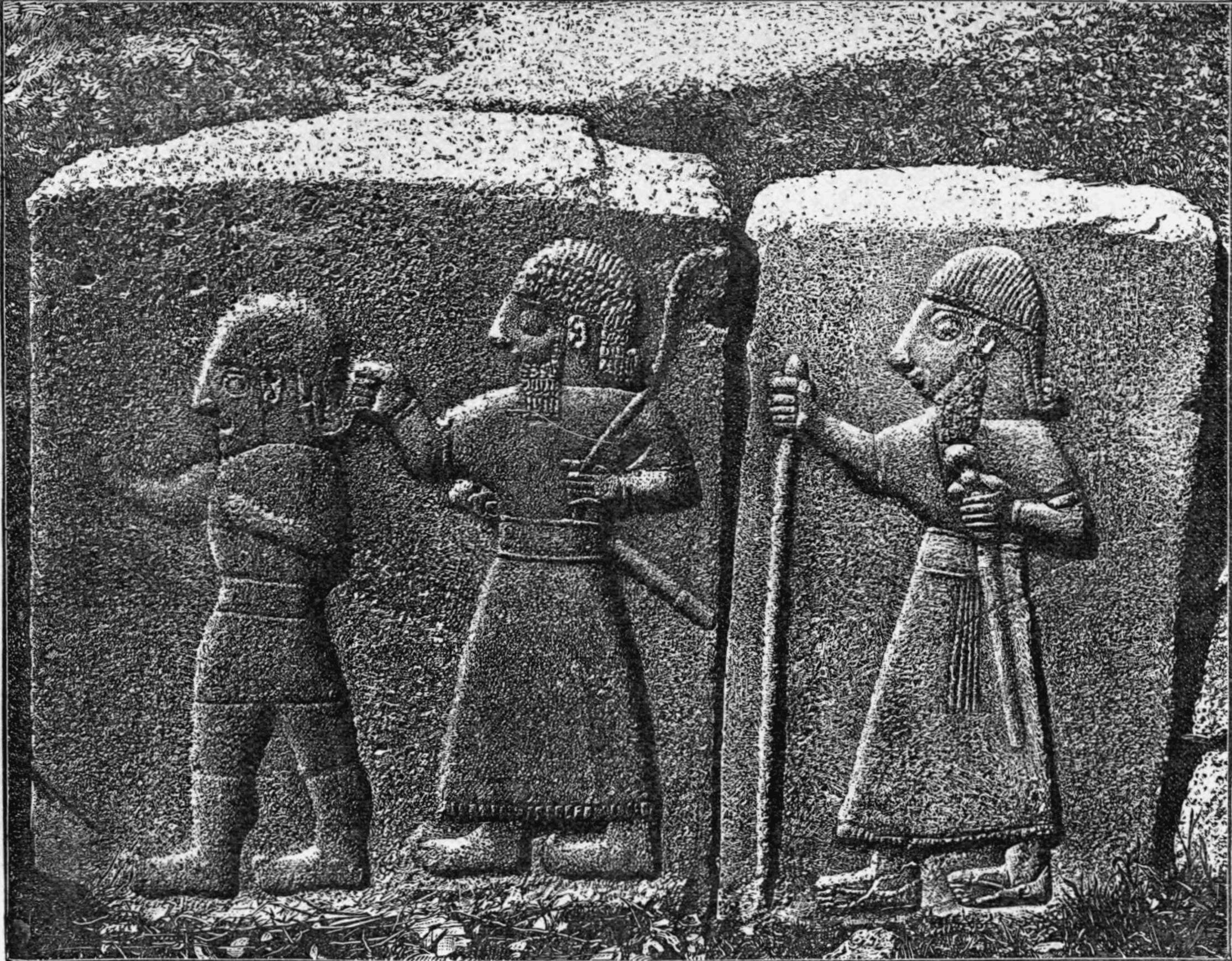
The Hittite Empire rose to prominence around 1600 to 1178 BCE in Anatolia, modern-day Turkey. They were known for their legal innovations, creating one of the earliest law codes. This code covered various aspects of daily life, including property rights and criminal justice. The Hittites were also skilled charioteers, utilizing advanced chariot technology in warfare. Their capital, Hattusa, featured impressive fortifications and monumental architecture. The Hittites mastered ironworking, significantly advancing weaponry and tools. They established extensive trade networks, enhancing their economic power.
Elamite Civilization
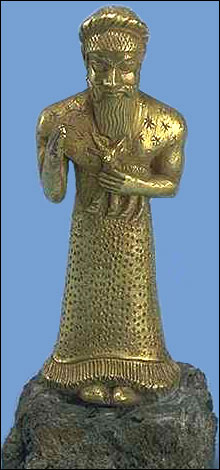
The Elamite Civilization flourished from about 2700 to 539 BCE in what is now southwestern Iran. They are among the first to use written language, with the Elamite script serving administrative and literary purposes. Susa, their capital, was a major urban center featuring grand palaces and temples. The Elamites are credited with early advancements in art and architecture. This civilization also developed sophisticated irrigation systems, essential for agriculture in the arid region. They were skilled metallurgists, producing high-quality bronze and later iron artifacts. The Elamites maintained a complex political structure with a centralized monarchy.
Nok Culture

The Nok Culture existed in present-day Nigeria from approximately 1000 BCE to 300 CE. They are renowned for their terracotta sculptures, which are among the earliest known in sub-Saharan Africa. These sculptures, often depicting human and animal figures, showcase advanced artistic skills. The Nok were also early iron smelters, significantly ahead of many other societies. Their achievements in metallurgy allowed them to create effective farming tools and weapons. The Nok people engaged in agriculture, cultivating crops such as millet and sorghum. They also developed trade networks, exchanging goods with neighboring regions.
Moche Civilization
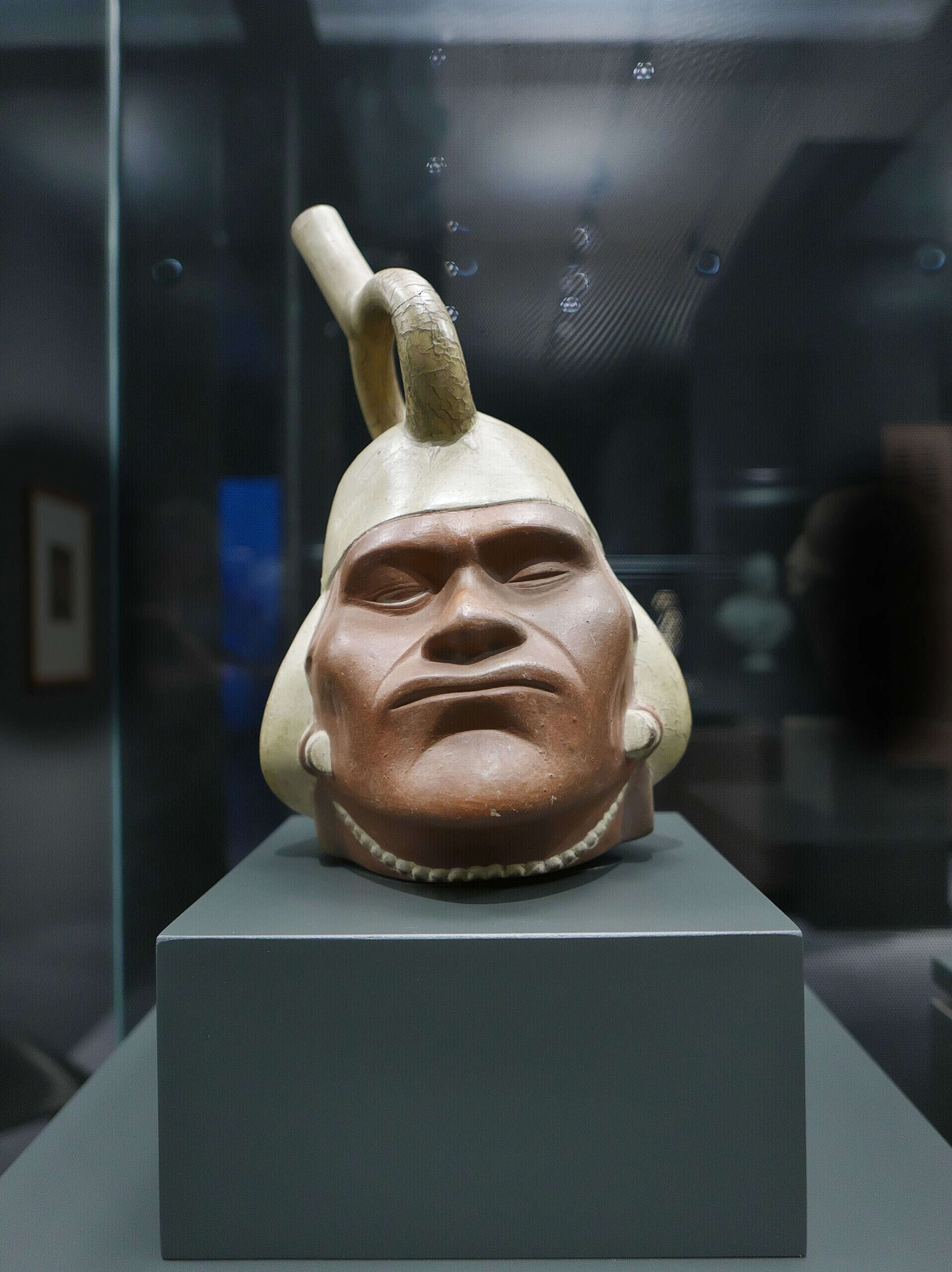
The Moche Civilization flourished along Peru’s northern coast from about 100 to 800 CE. They are famous for their sophisticated irrigation systems, which allowed them to farm in arid regions. Their society was highly stratified, with a powerful elite overseeing extensive construction projects. The Moche constructed impressive pyramids, like the Huaca del Sol and Huaca de la Luna. Art played a significant role in Moche culture. They produced intricate ceramics, metalwork, and textiles. Their pottery often depicted detailed scenes of daily life and mythology. The Moche were also skilled warriors and engineers.
Zapotec Civilization
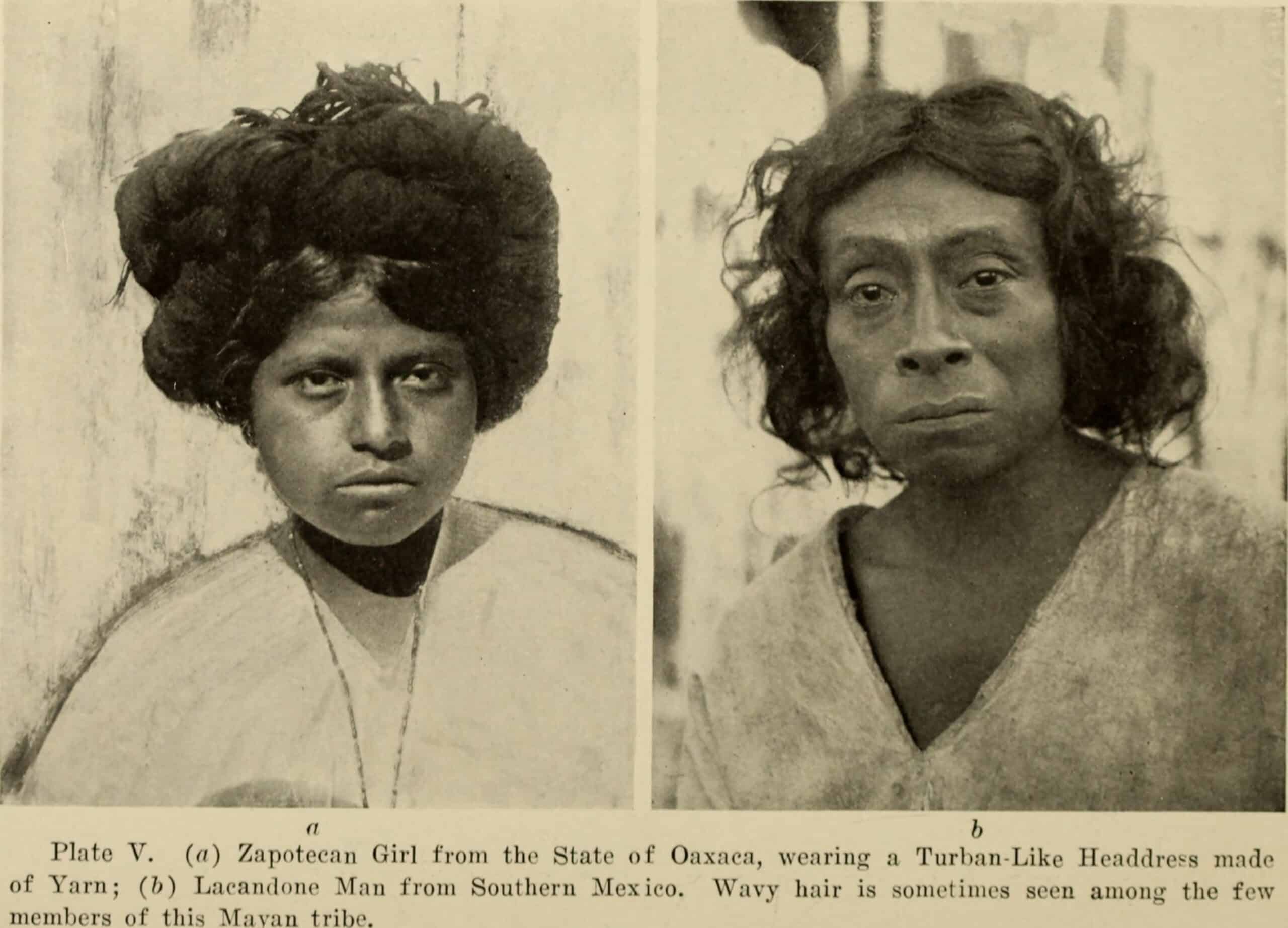
The Zapotec Civilization thrived in the Oaxaca Valley of Mexico from around 500 BCE to 900 CE. They are known for their urban center, Monte Albán, which features impressive pyramids, plazas, and tombs. This site was the political and cultural heart of Zapotec society. The Zapotecs developed one of the earliest writing systems in Mesoamerica, using glyphs to record information. Their society was highly organized, with a central authority overseeing various aspects of life. The Zapotecs excelled in agriculture, utilizing terracing and irrigation to grow crops like maize and beans. They also made significant advances in astronomy and calendar systems.
Kushan Empire
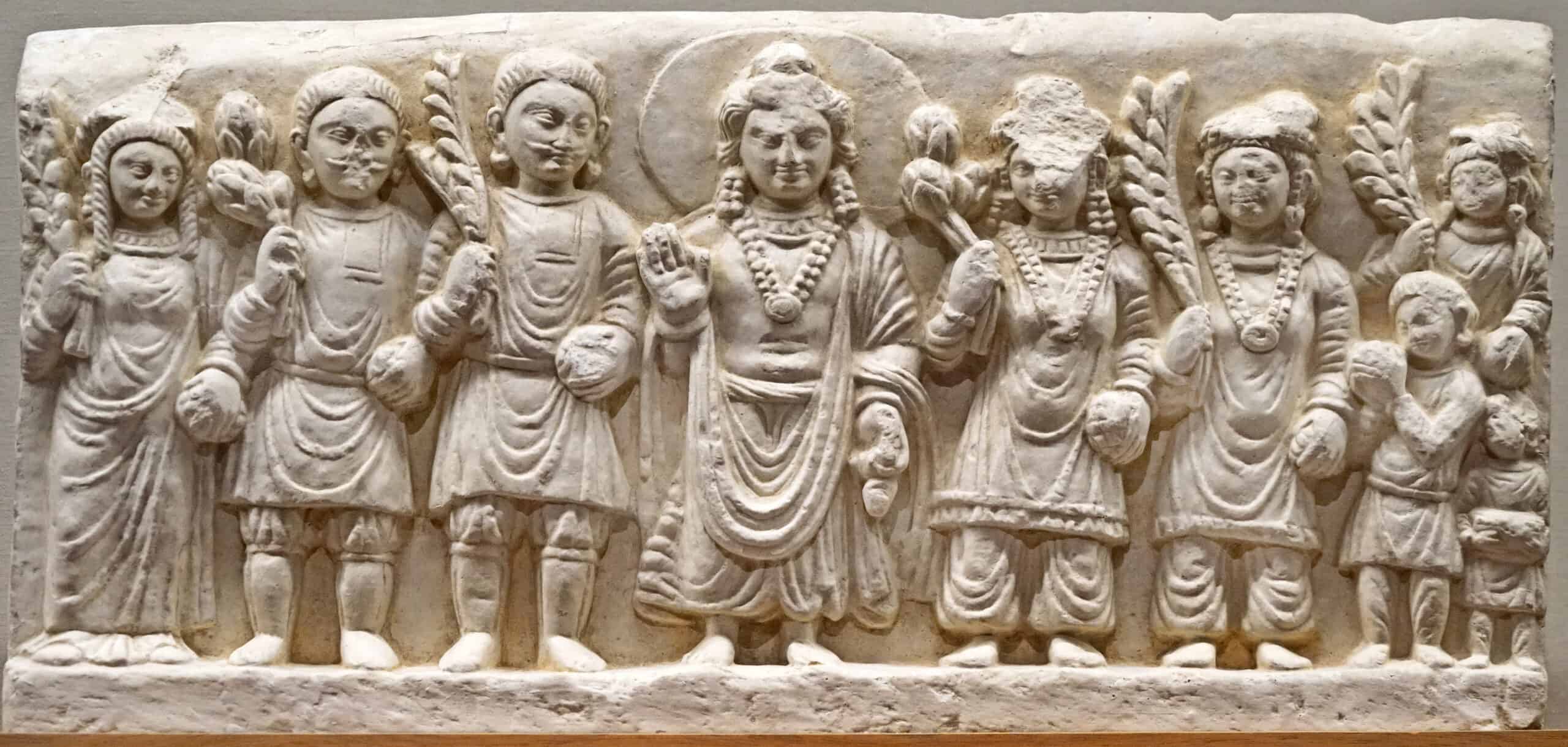
The Kushan Empire rose to prominence in Central Asia from the 1st to 3rd centuries CE. They established a vast empire, stretching from modern-day Afghanistan to northern India. The Kushans were notable for their cultural and religious diversity, embracing Buddhism, Zoroastrianism, and Hinduism. They played a crucial role in the spread of Buddhism along the Silk Road. The Kushans were skilled in coinage, producing gold and silver coins that facilitated trade. They also made significant contributions to art, with the Gandhara school blending Greek and Indian influences.
Nubian Kingdom of Kush
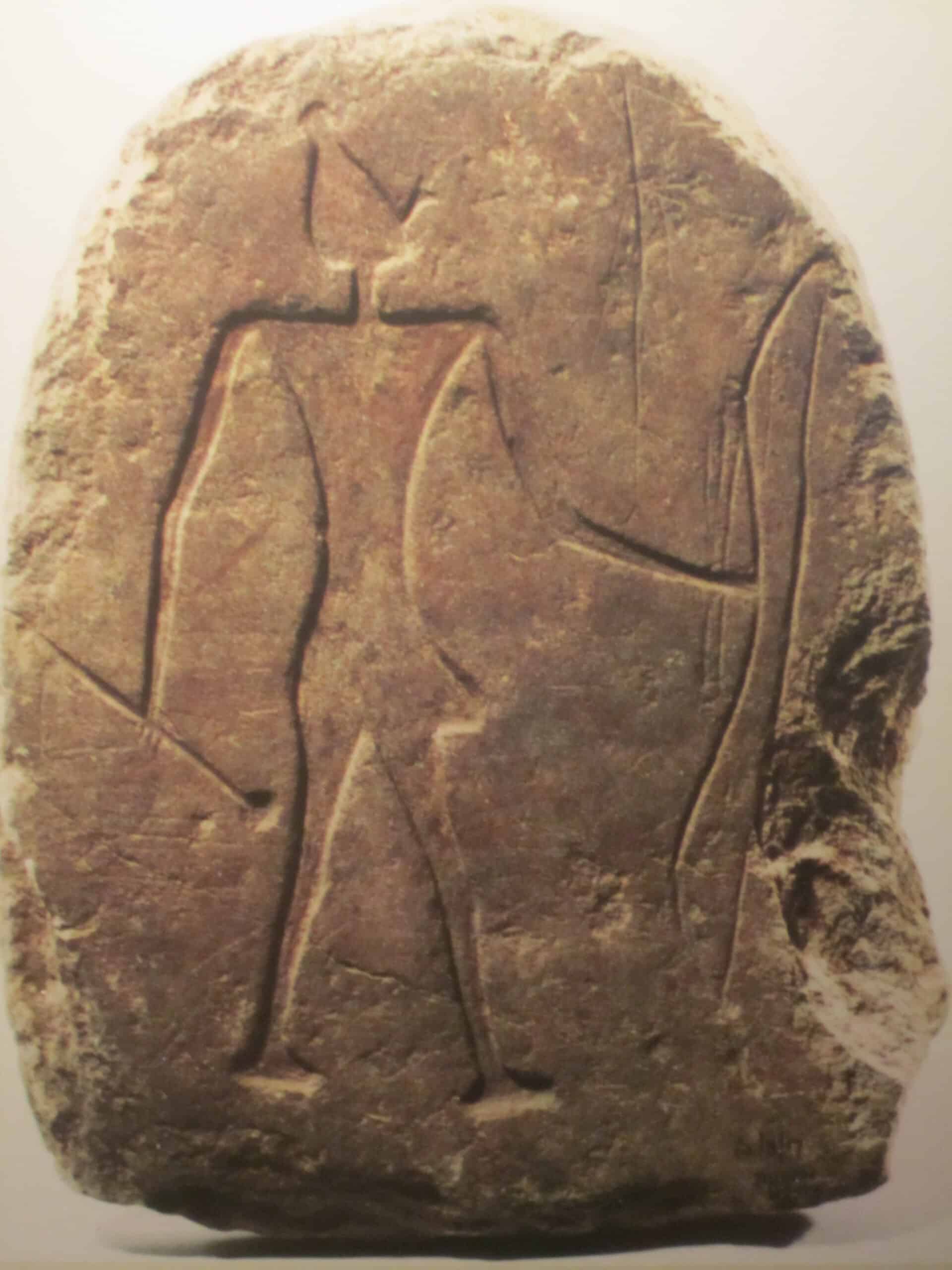
The Nubian Kingdom of Kush existed in what is now Sudan from around 1070 BCE to 350 CE. They were known for their monumental architecture, including the pyramids at Meroë. These pyramids are smaller but more numerous than those in Egypt, showcasing unique Nubian styles. The Kushites also constructed impressive temples dedicated to their gods and pharaohs. Kush was a major center of iron production, contributing to their military strength and economic prosperity. They traded extensively with neighboring regions, exchanging goods like gold, ivory, and ebony.
Olmec Civilization
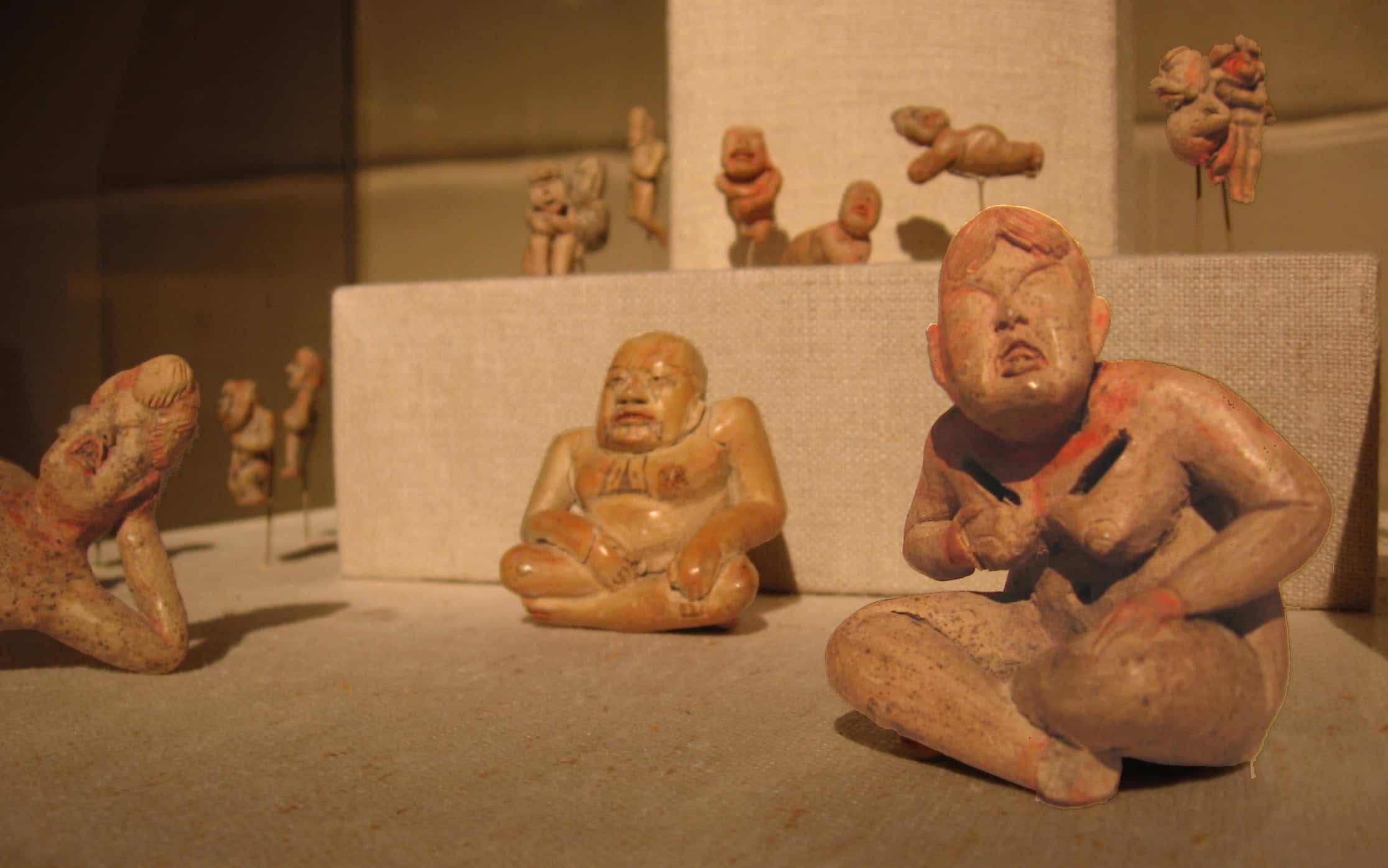
The Olmec Civilization is often regarded as the “mother culture” of Mesoamerica, thriving from around 1500 to 400 BCE in present-day Mexico. They are best known for their colossal stone heads, carved from basalt and weighing several tons. These sculptures likely depict rulers and are among the most iconic artifacts of ancient Mesoamerica. The Olmecs developed early forms of writing and a calendar system, laying the groundwork for later Mesoamerican civilizations. They also engaged in extensive trade, distributing goods like jade, obsidian, and pottery.
Phoenician Civilization

The Phoenician Civilization thrived along the eastern Mediterranean coast from around 1500 to 300 BCE. They were renowned maritime traders, establishing colonies and trade routes across the Mediterranean. Phoenician cities like Tyre, Sidon, and Byblos became major centers of commerce and culture. The Phoenicians are credited with developing one of the first alphabets, which influenced later writing systems, including Greek and Latin. They excelled in shipbuilding, producing advanced vessels that enabled long-distance trade. Their achievements in navigation, trade, and writing significantly impacted ancient civilizations around the Mediterranean.
Minoan Civilization
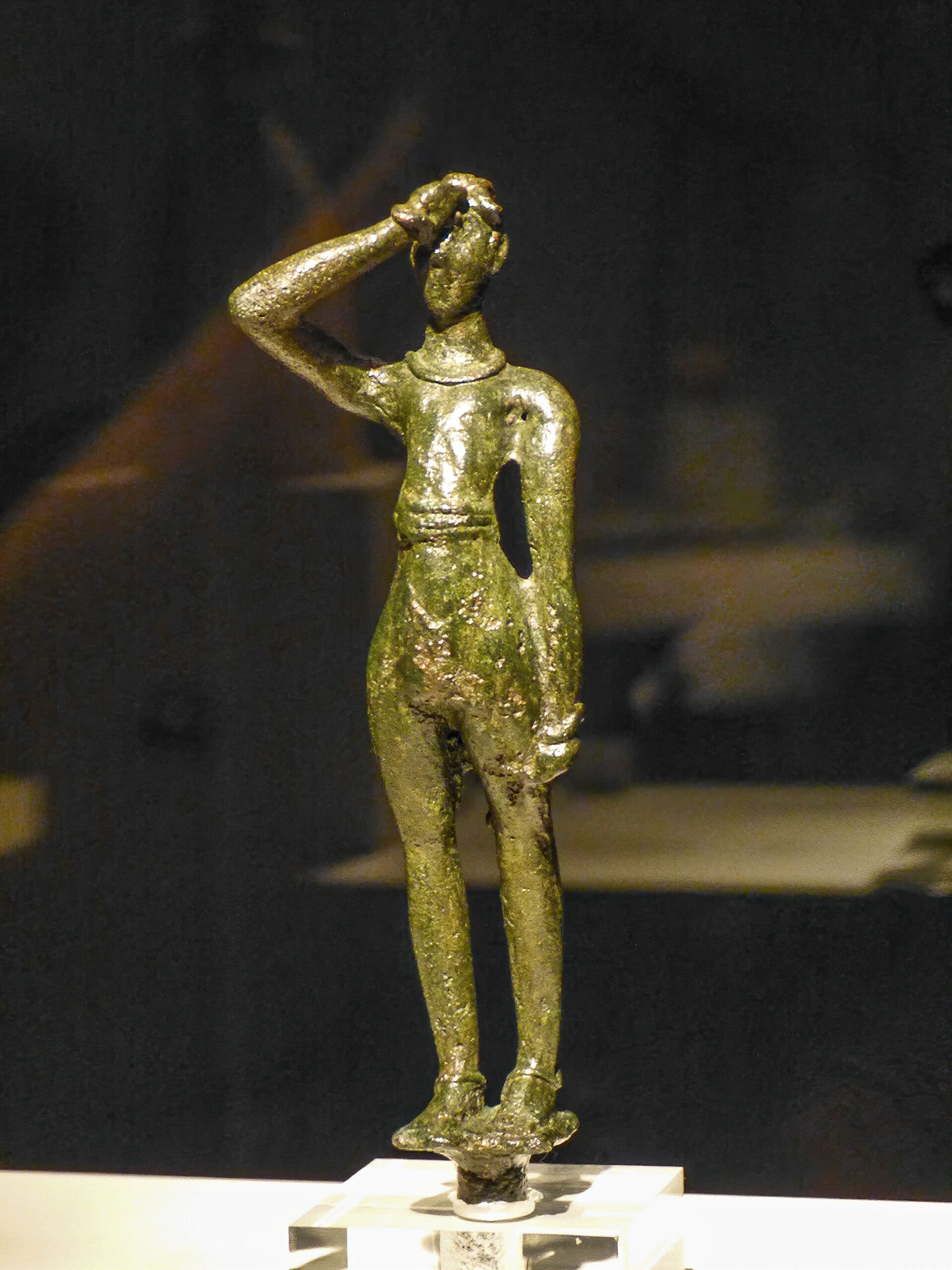
The Minoan Civilization flourished on the island of Crete from approximately 2600 to 1100 BCE. They built elaborate palaces, such as Knossos, featuring advanced plumbing and vibrant frescoes. These palaces served as political, religious, and economic centers, reflecting their sophisticated society. The Minoans excelled in art, producing intricate pottery, jewelry, and frescoes depicting religious rituals and natural scenes. They also engaged in extensive trade, connecting Crete with Egypt, the Near East, and the Aegean.
This article originally appeared on Rarest.org.
More from Rarest.org
9 Endangered Marine Mammals to Save from Extinction

Marine mammals face numerous threats in today’s oceans. From pollution to habitat loss, their populations are dwindling at alarming rates. Read More.
14 Rare Snake Species You Might Never See

Snakes are fascinating creatures, with some species being extremely hard to find. These rare snakes exhibit unique characteristics and often have very limited populations. Read More.
12 Most Valuable Shelby Cars in Existence

Shelby cars are legendary. They are symbols of speed, power, and American automotive ingenuity. Each model on this list has its own story, unique features, and incredible value. Read More.
